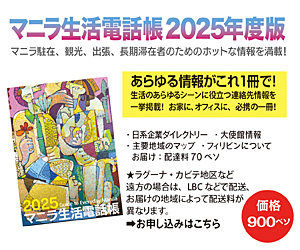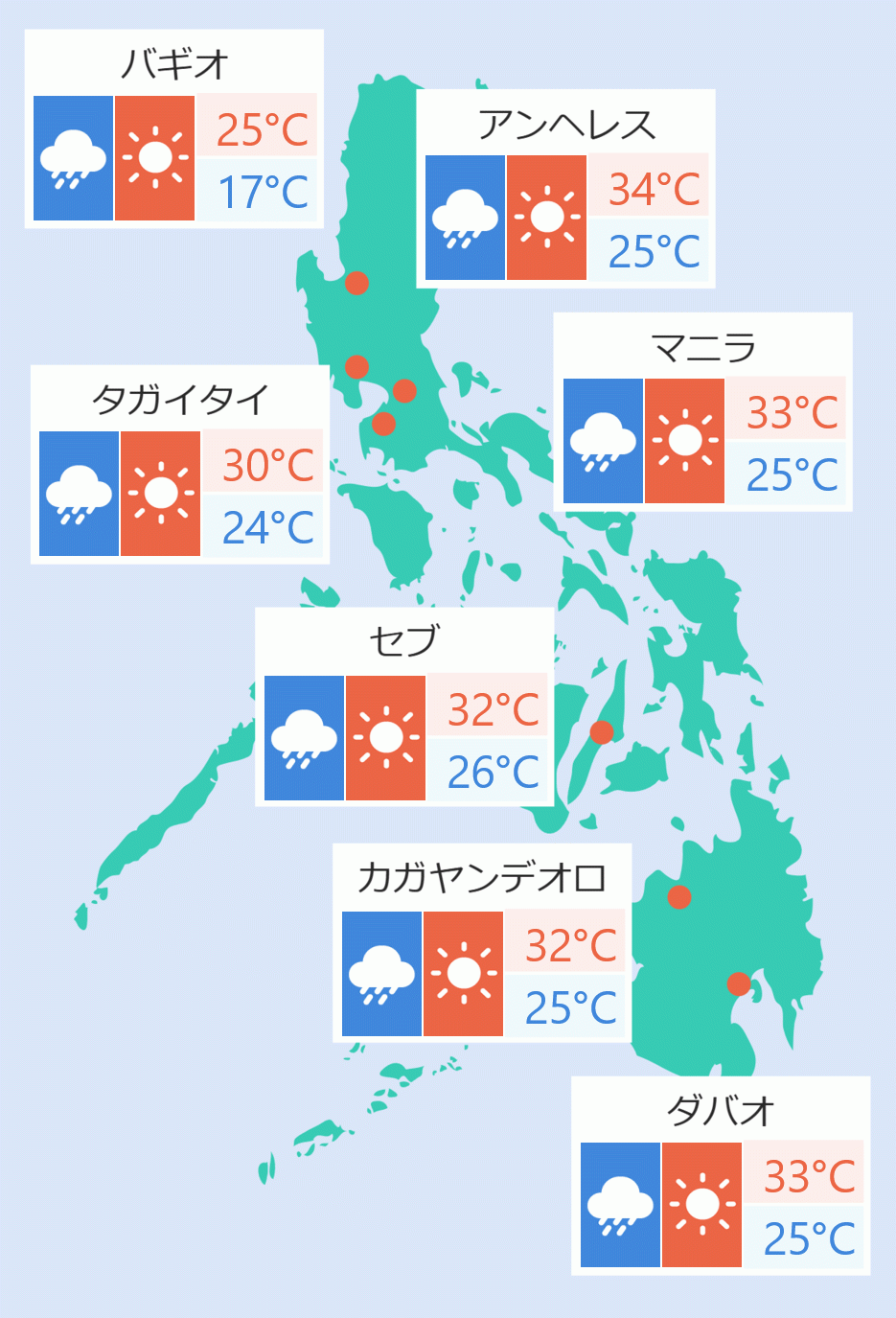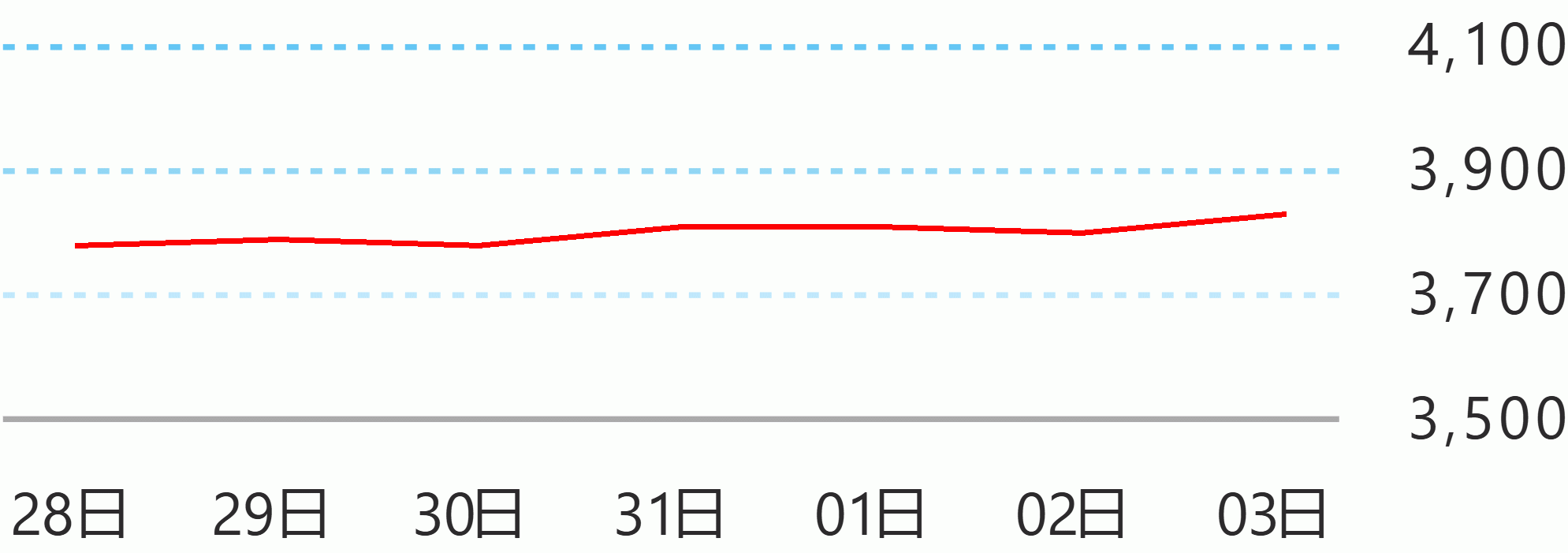President Ferdinand Marcos Jr. arrived at the San Francisco International Airport in California at 5:06 p.m. (9:06 a.m. Manila) along with First Lady Louise Araneta-Marcos and the Philippine delegation for the 30th Asia-Pacific Economic Cooperation (APEC) Economic Leaders’ Meeting and related activities.
Marcos was warmly welcomed by the government officials of San Francisco.
Before the APEC proper, Marcos met the Filipino community at the San Francisco Conference Center where he presented the government’s efforts to uplift the lives and ensure the welfare of Filipinos including those working abroad.
Marcos said that the government’s focus in his attendance to the APEC Summit and other related activities is to prioritize and secure beneficial trade and investment, quality and green jobs, human development and poverty alleviation.
The President said he will be engaging with economic leaders of the Asia-Pacific region to agree on how the Philippines can achieve food and energy security and economic inclusion of the country’s micro, small and medium enterprises (MSMEs).
The chief executive added that he will also prioritize and push for ensuring the welfare of women, indigenous people and other sectors of the Philippine economy whose potential remains to be unlocked through digitalization and innovation, and for sustainable development and addressing climate change.
Marcos is also scheduled to attend several meetings with business leaders to invite them to invest in the Philippines and several meetings with world leaders as part of the government’s efforts to strengthen the bilateral relationships.
He emphasized that his attendance to the 30th Asia-Pacific Economic Cooperation (APEC) Economic Leaders’ Meeting and related activities in San Francisco is important for the Philippines as the regional bloc serves as the most important platform for trade, investment, and economic cooperation.
The Philippines is a founding member of APEC since 1989.
The APEC region hosts 38 percent of the world’s population, 48 percent of its trade, and 62 percent of its Gross Domestic Product (GDP) while 85 percent of the country’s trade and top investors are from the region, and the second home to the largest segment of the overseas Filipino workers (OFWs). Presidential News Desk





 English
English










